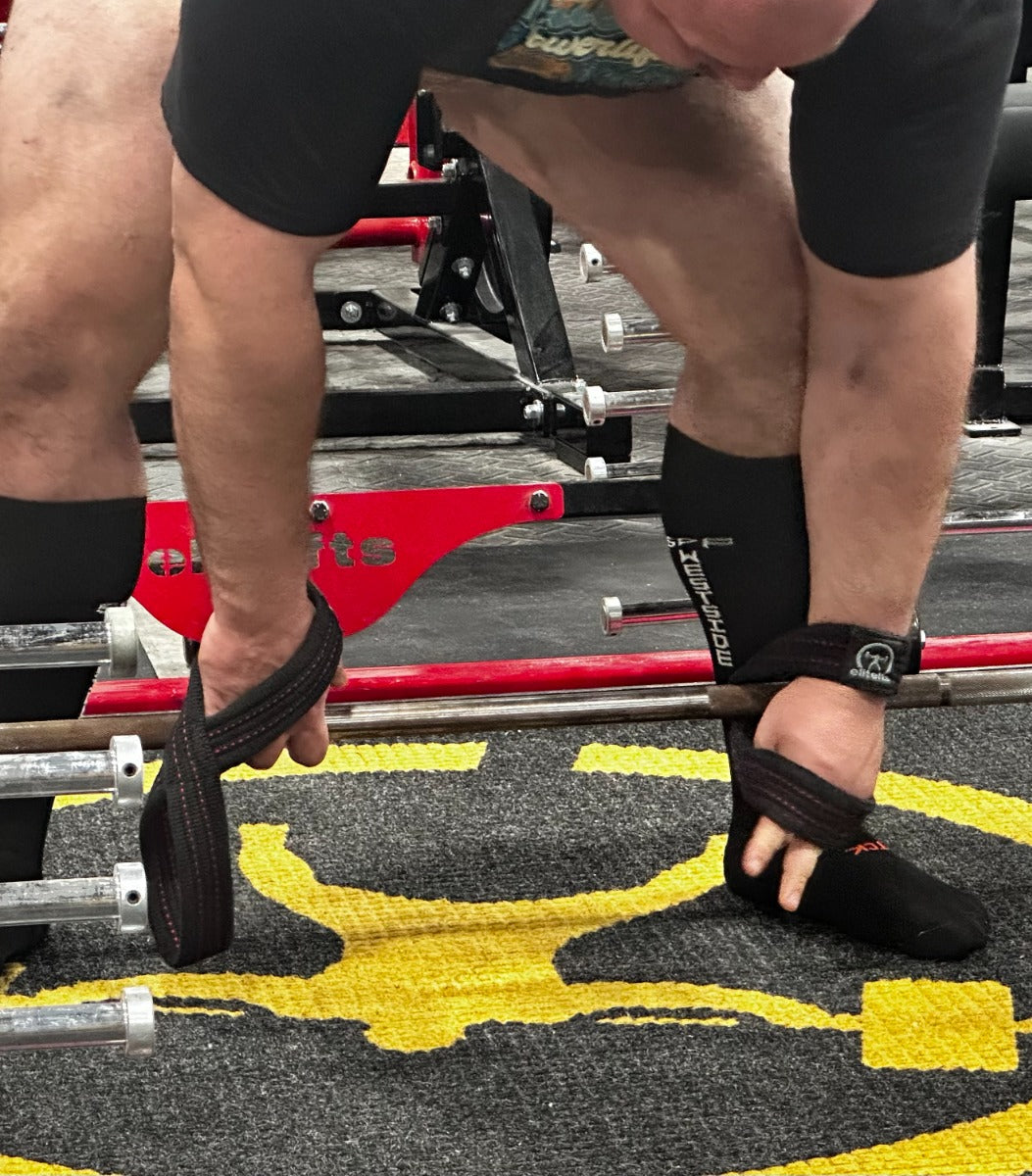
With a long history of back injuries over the years, I fancy myself well-versed in the area of not only, “How to fuck your back up”, but most recently also, “How not to fuck your back up.” I am going to take a little bit different approach with this, and instead of giving advice or recommendations on what you should do for your back, I am simply going to tell you what I have done to destroy my back and what I have done to bring it back to a point where I have not had a major injury in over three years. That may not sound like a lot of time to you, but it is an eternity for someone that was plagued with injuries for six of the last nine years. The three main things that have allowed me to bring myself back to the point of being able to train legs hard again without any real risk or vulnerability are:
- Stretching
- Shoes
- Hip position
Body Mechanics 101: Elbow Position for Triceps Extension
As important as the two prior variables are, hip position is absolutely the most important. I have heard it said (we all have) that if you want to learn anything worthwhile in the gym, talk to the guys with the most experience and with the best physiques. I agree to a certain point, but do not ever discount even the average Joe in the gym, because there is plenty to learn from them as well, simply by watching them perform exercises. Yes, this is more a situation of, “This is what you do NOT want to do,” but it provides just as much of a learning environment. I watch people squat and leg press all of the time, and occasionally wince or cringe because I know that if I did what they were doing, I would likely be injured straight away. Correct hip position during a squat or leg press is crucial for lower back longevity. Young kids or even newbie trainers seem to be made of rubber and can make huge mistakes with hip position and not have any problems or any injuries for years. That, however, does not mean they are doing the exercises correctly. The most obvious hip position issue is allowing the hips to turn “under,” or what is called a posterior pelvic tilt. Anterior pelvic tilt (ass sticking out with a pronounced arch to the lower back) has its issues, but I would take anterior tilt over posterior tilt any day. I believe strongly that the posterior tilt provides more vulnerability to the lower back. Posterior pelvic tilt (sometimes called “butt wink”) is most notable in the bottom portion of the squat or leg press. We have all heard the mantra of “ass to grass” when it comes to squatting or leg pressing, but that is terribly misleading advice and puts people in jeopardy by not accounting for that specific individual’s flexibility. What should be said instead is, “Squat or leg press as deep as you can before the hips turn or rotate posterior.” When the hips start to turn under you, there should be no more attempts to get any deeper. During a leg press, this can be seen when the hips or glutes start to come off the pad. The hips and glutes should never come off the bottom pad. If that means your range of motion is not as deep, so be it. There are ways to increase flexibility that can allow for a larger range of motion, but some people will have biomechanical advantages and disadvantages that are structural and will limit how deep they can press or squat. During a squat, the posterior tilt will show in the bottom position and the rep depth should be stopped as soon as the hips start to turn under. It is crucial as you fatigue later in a set of presses or squats that this range of motion is a consistent depth from the first rep to the last. It is much easier to break depth or form as the set progresses. The best way to evaluate how deep you can go? Take a video of yourself from the side during squats and during leg presses. Another note of concern with hip position is to make sure that you are balanced with your foot position. By this I mean not too high on the leg press platform (or too far out in front if doing a smith squat) and not too low. Foot position that is too high will force pelvic tilt earlier in the range of motion, and too low will put the knees in jeopardy by transferring more weight to the balls of the feet, thus shifting too much stress to the knees. Ideally, when the foot position is balanced, the weight will be evenly distributed between the ball of the foot and the heel of the foot. This is exactly where you want to be. You might be young and not have any issues with your lower back. I was there once as well. If you plan to remain in this game for the long haul, though, it would behoove you to pay attention to your lower back now and be as preventative as possible. There is nothing that makes you feel older than not being able to kick it 100% on legs because of lower back pain, or not be able to pull deads because of constant pain. Okay, maybe ED makes you feel older, but as much as my lower back isn’t what it used to be, ED isn’t an issue for me — if you know what I’m (just) sayin’ (said in the voice of The Fresh Prince).
Body Mechanics 101: Hunting for the Elusive Rear Delt









































































































